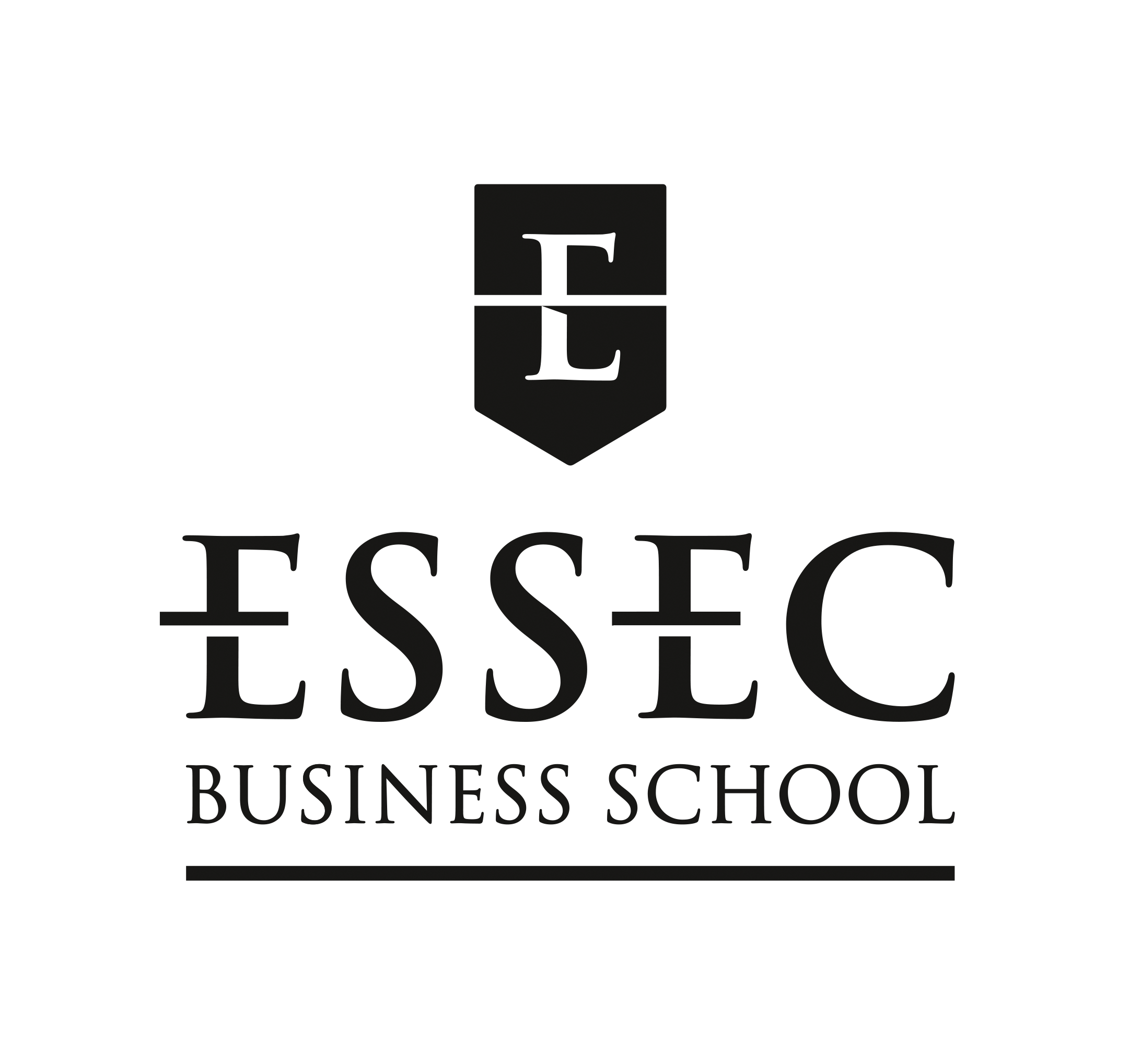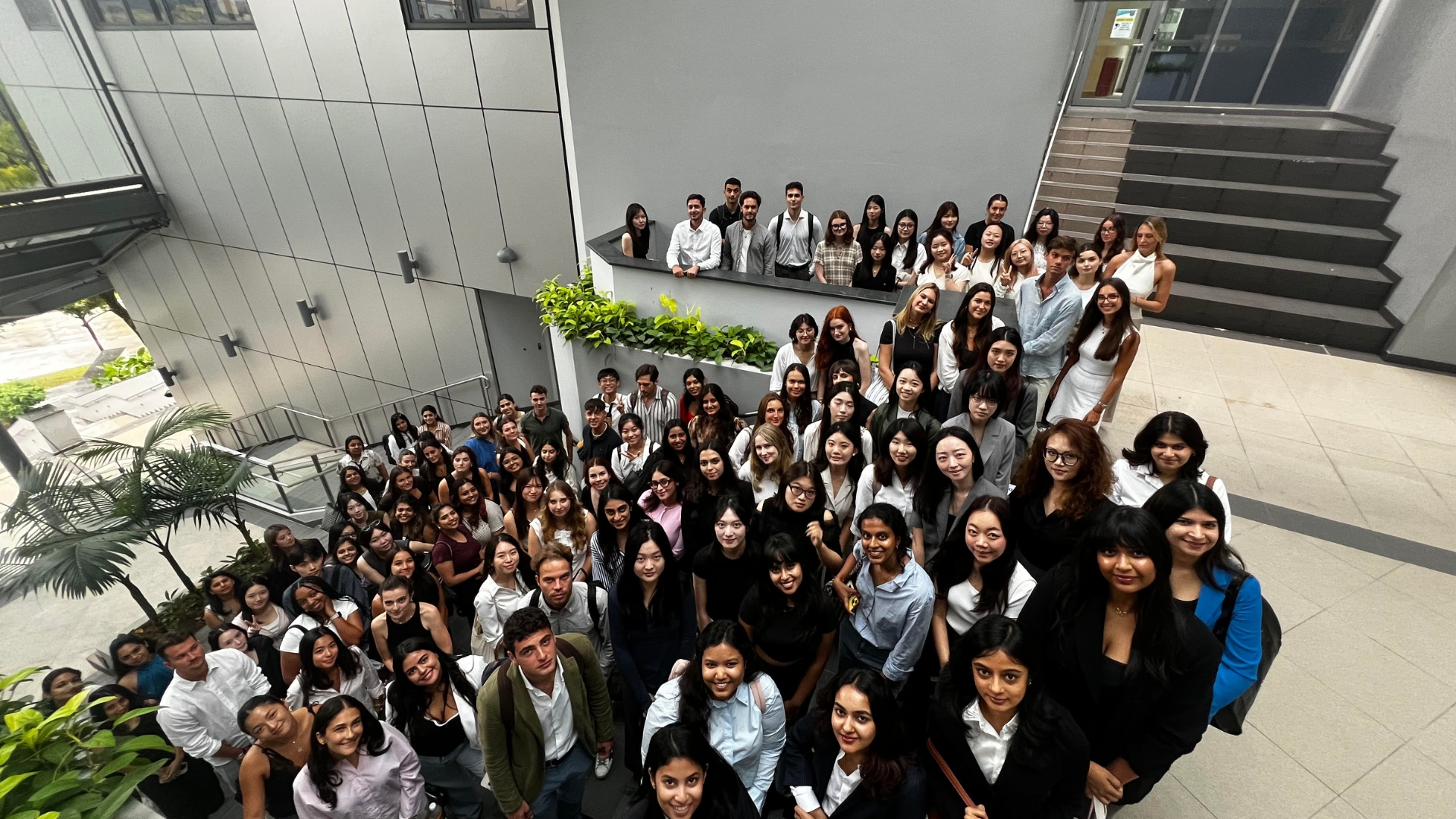We hope that everyone had a restful and inspired holiday season. It is time to rekindle the job and internship search and use your research and networking information to pursue your target roles.
From this point onwards, we want you to put yourself in the hiring manager’s shoes and ask yourself, “If I were the hiring manager, would I hire myself? If yes, why?” This mental exercise will help you construct your résumé or curriculum vitae.
Purpose
We will dedicate the next few weeks to building your résumé before moving on to other tactical tools. Most job seekers fail to ask themselves, “What is the purpose of a résumé”?
From a student’s perspective, a résumé is a one- or two-page document highlighting qualifications and skills. But it’s also an opportunity to show your brand and personality.
Unfortunately, too many people view a résumé as a list of everything they have ever done at school and work. A comprehensive list usually results in a long and uninteresting résumé.
Skill Sets
The key to a good résumé is understanding the required skills for the targeted position. Then, highlight your experiences that demonstrate the required skills.
By reviewing job descriptions for the target role, you can identify the 10 to 15 skills needed to do the job.
You can then evaluate your work experience, education, and other achievements and identify the most relevant ones.
This also means you must adjust your résumé for different job roles with varying skill requirements.
Keywords
Remember that a résumé can be screened by computers for keywords and reviewed by talent acquisition professionals and hiring managers.
It is essential to use the correct keywords without going overboard when selecting your most relevant experience to get through automated reviews.
From an employer’s perspective, a résumé is a document to screen applicants based on qualifications and skills. It is also essential to get a sense of the applicant’s character.
We can talk about this more later. A boring résumé is a bad résumé.
As for screening, almost all large MNCs will use automation as the volume of applicants can be considerable.
In 2017, Google received 3 million applications for approximately 6,000 roles. The only way for companies to handle the volume is to use some automated screening based on keywords and other parameters.
Look and Feel
Once the automated screening is complete, the employer will continue to use the résumé to evaluate skills, qualifications, and fit for the organization.
Subsequent staff reviews will also examine the aesthetics, language, and style of the résumé to assess short-list candidates.
So beyond keywords, the résumé must also have an appealing look and feel.
Conclusion
To recap, you should always put yourself in the hiring manager’s shoes to craft a résumé better.
You can show the skills you know they need by selecting your achievements with the proper skill set.
The screening process can involve automation looking for keywords. Qualifications and personal branding are essential, with skills being the most critical.
Here’s wishing you an excellent start to 2021!
Learn more about developing a winning résumé, building a solid network, and other insights on professional growth from our regular Career Tips series.
RELATED POSTS
Building a Personal Brand While You Study
How students use LinkedIn, blogging, or speaking engagements to stand out.
Finding Your Fit: How ESSEC Asia-Pacific Career Services Help Global BBA Students Build Meaningful Career Paths
As Manager of Career Services at ESSEC Asia-Pacific, Cerella Sim draws on over a decade of recruitment experience to help Global BBA students…
Success After Graduation: Alumni Job Outcomes in Asia
ESSEC Asia-Pacific's Global Bachelor of Business Administration (GBBA) program effectively prepares students for successful, globally-focused…
What I Learned from Failing My First Job Application
First rejection taught ESSEC alumna Medha Thakkar that career setbacks spark growth, leading to resilience, networks, and unexpected opportunities.
Career Success Through the ESSEC Global BBA
ESSEC's Global BBA transforms students through immersive professional experiences, international mobility, and real-world learning opportunities…
The Asian Etiquette Guide for ESSEC Asia-Pacific Students
Asian business etiquette translates cultural awareness into competitive advantage through respectful greetings, proper hierarchy navigation, and…








